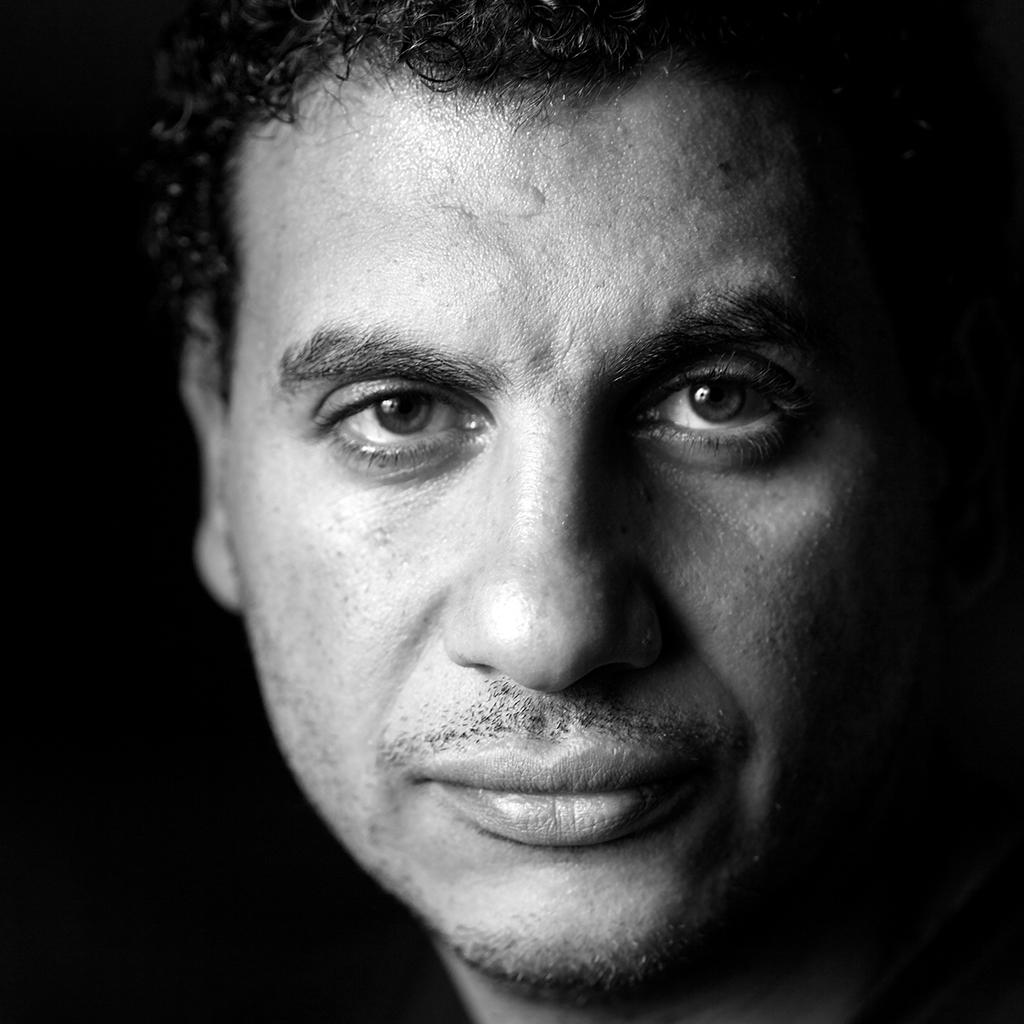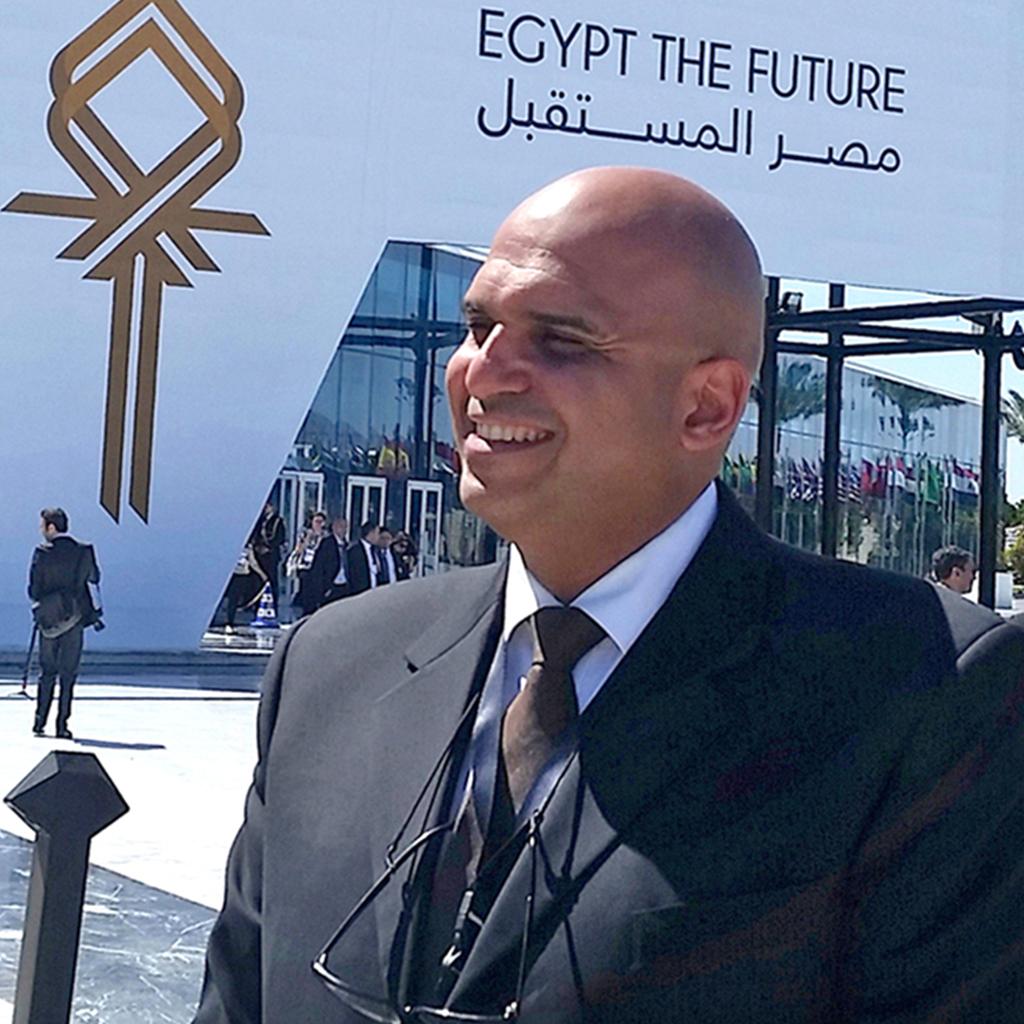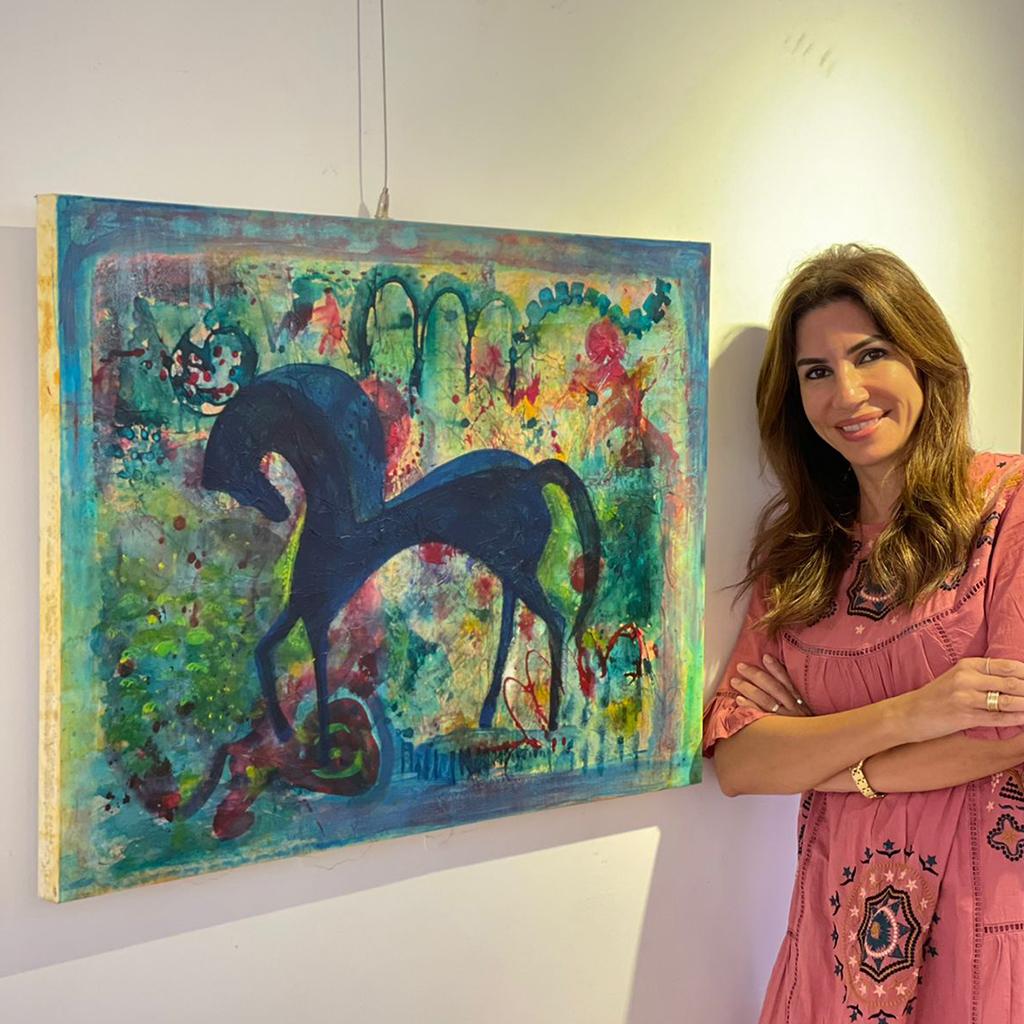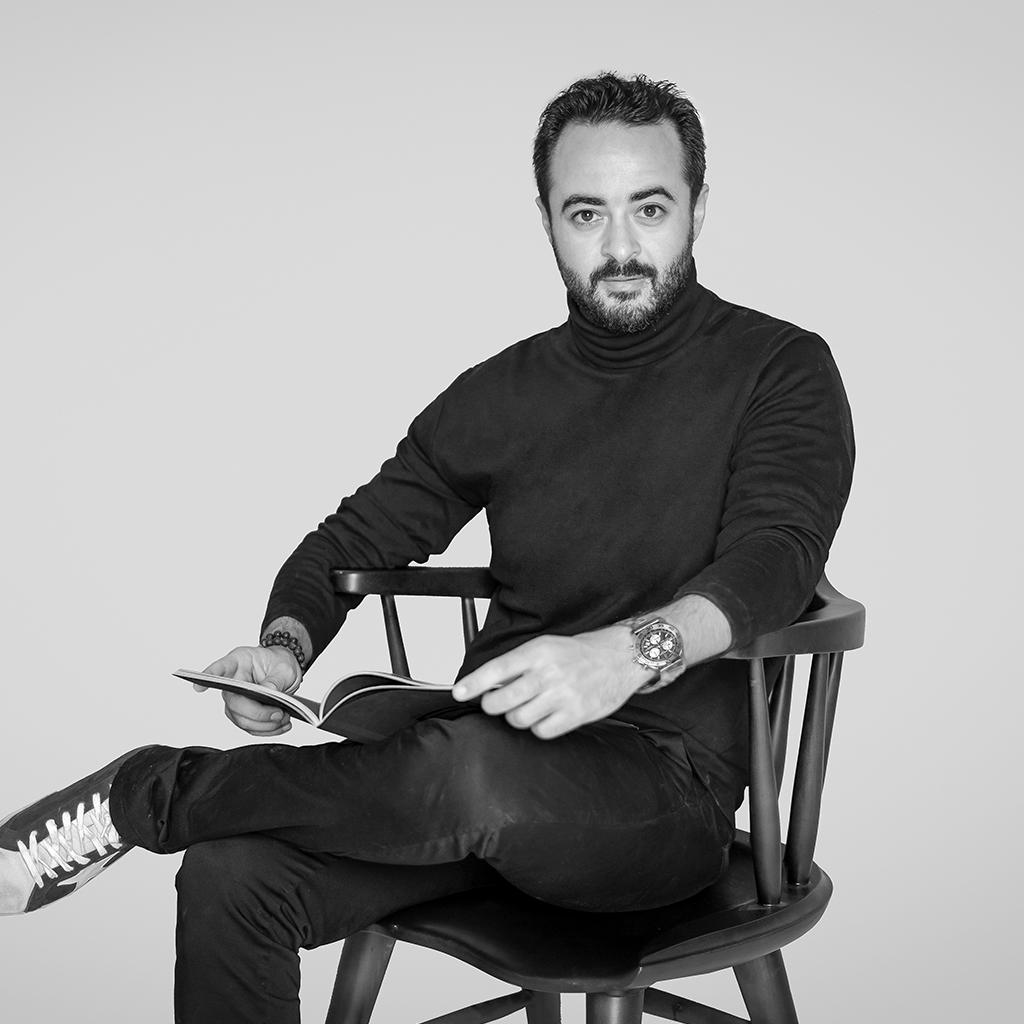
Written by: Inas Mazhar
Date: 2020-12-02
The Story Behind the Photo

Writing to introduce or define the art of photography is truly difficult. It is as if one is writing to introduce the meaning of words. While most people believe photography to be an easy job, it is not as it can be limitlessly complex.
Photography is the art of capturing light with a camera, usually via a digital sensor or film, to create a photograph, picture or image. Nowadays, photographs are more available than paintings are as most modern photography is used as decoration in houses, offices, hospitals, schools, and other public buildings. A photograph of something pretty can be used for different purposes like making an environment more welcoming.
Photography is an art and what distinguishes it is the person behind the lens, the photographer. It is he, that photographer, who makes a photo talk and convey meaning, just like words do. What makes a photograph magnificent, amazing, unique, and incomparable is a professional, gifted, artistic, and talented photographer whoknows how to set the camera for the proper exposure and create sharp photos and who understands composition.

Romany Hafez is a photographer whose photographs speak up to the viewer and tell a story worth a thousand words. Believing that even the tiniest detail can make or break a photograph,he has a very keen eye for detail to ensure that all elements within the photo—the lighting, the composition, the subject, and everything else in between—work together symphonically and in harmony to deliver the right vision or message. Seeking perfection, Hafez constantly and diligently works on his craft in order to create stunning photos that no one else can do.
Speaking to he Magazine, Hafez shared what brought him to photography, his philosophy, and his visions.
As an applied arts student, Hafez always had a passion for photography. He was encouraged by his late professor Dr. Mahmoud Samy, who took him in and taught him all about photography in his own studio back in 1997. “That year, he told me that I would become a great photographer and designer,” Hafez recalled. “To be given such a vote of confidence from the best in Egypt inspired me to start commercial shooting in 1999 using an analog 1976 Canon camera that I had bought and to claim my master’s degree. With him, I shot commercials, fashion, artistic works, everything.”

For Hafez, photography is indeed an art, a fine art actually. “Photography is the art of drawing with light. Instead of holding a brush and painting, I look at the scene in front of me and capture it with light. This is what defines one photographer from another and one photo from another, the techniques,” he explained.
“Photography is also a collectable art, just like drawings, paintings, and sculptures,” Hafez continued. “It is considered a collectable art when the photographs are sold by editions as in my case. I sell my photos as editions of eight, meaning that I print only eight editions of each photo I capture. The buyer receives his edition dated and signed as well as a certificate from the gallery. This way, each one knows which edition he owns, like one of eight, two of eight, and so on until the last edition eight of eight.”
“On the other hand, there could be only one edition, a unique piece with certain conditions and requirements. There are specific criteria for a photo to be considered as a collectable piece and be priced accordingly. When you know that there are only eight editions of this work in the world, you’ll definitely purchase it and pay the price set for it because it is valuable. It makes a difference when you buy a one-piece photograph or a piece that is one of five or one of eight rather than buying one of hundred. Sculptures are sold in editions as well, especially when they are in bronze,” he explained.

“When all eight editions are sold out, then it becomes available for sale among the collectors who have bought it first. Though they can resell it, the work remains as only eight editions. It used to be 10 editions, but now it is reduced to eight. For me, I am planning to go down to editions of five soon. Working on myself as a professional photographer and developing my work would allow me go down to five editions. Thanks to the Picasso Art Gallery, with whom I work, they have been taking care of my works and marketing and selling them, thus increasing their value and price and transferring them to investment pieces. Most importantly is that they believe, as a pioneer art gallery, in photography as a fine art.They are the best professionals because they can genuinely and artlessly spot talented artists and value and cherish the. With them, my works are now more appreciated. For example, the photos I sold in my first exhibition in 2017 have increased in value by 25 percent,” he added.
Hafez noted that buyers are starting to invest in photographs just like other forms of art, though not on the same level. He thinks that “photography as an art is still way behind paintings, which people still prefer investing in since they are more valuable”.
Hafez’s passion of photography is all about places, memories, and people’s lives and experiences. He reveals that the reason he maintained this focus is because “everyone’s life started somewhere and will eventually end somewhere”.
He explained, “This is what I love to do, to document places, memories and people and tell their stories about the places they visited. This was the theme of my first photography exhibition, which was named ‘Spaces, Beginnings, and Memories’.”
“In my first exhibition, I documented a three-year journey of photographing some places to which I felt connected to and that had special feelings and significant marks in my heart. Connecting with people and memories are irreplaceable to me,” he explained, adding, “It is not just me who feels for people and places, we all do. I believe that whatever places people go to, they feel the vibe of that place and that it touches them in one way or another. Some places reflect a mystery while others are dull and boring or warm and relaxing. According to the experiences they go through during their visits, people build up feelings towards these places, whether positive or negative, and it becomes a memory for them, be it good or bad. The same goes for me, and this is what I try to reflect through the photographs I capture.”

For Hafez, a place is not always a building or a home. “Sometimes, one can meet a person and then suddenly feel home” he explained.
By focusing on places and people, Hafez believes that photography is growing in popularity to compete with paintings in the field of interior design as it is currently being used in decorating spaces such as homes, offices, hospitals, and even schools.
“Indeed, photographs are requested more these days to be used as decorations just as paintings are. When designing a place, be it a home, office, hotel, or whatever, interior designers select the photographs according to the theme they have set and agreed on based on the homeowner’s preferences and personality. Honestly, I had some proposals, some of which I declined because either I didn’t like the theme or the place. On the other hand, I accepted some other offers and sold some photos, mainly black and white, to homes, corporate companies, and embassies,” Hafez shared.
He recalled, “There was this corporation that had their meeting rooms named after the Egyptian oasis of Siwa and as well as some historic cities. They knew I had been there and had photographs of each of the oases. They asked to buy them from me to hang them in each room and I accepted their offer because I liked the idea. I did sell them the pieces and they decorated each of the meeting rooms with them.”
“One of the hotels once wanted to buy one of my photographs and asked me for 20 editions of the same photo, but I declined and told them that I only produce eight editions. Sometimes, I am cautious about where my photos are displayed, especially in hotels, because they regularly go for renovations and the theme is changed. Then the photos can be thrown away in storage or relocated to other places or even sold. I hate to see that happen to my work, so I turn down offers because I am more of an artist who is keen on every detail to ensure a perfect, outstanding, and valuable photo is produced. What made the Picasso Art Gallery take me in is having my own special technique and uniqueness about how to capture my photos,” he said.
In his work, Hafez prefers working analog more than digital, using the Horseman large format camera and the 1930 Voigtlander medium format camera. He is also fond of black and white photography.
“Despite the high-tech digital cameras and the huge multi-purposes techniques that have made the job easier for many of us, I enjoy working the old way, with analog cameras and films. I prefer this technique and I print my photos in dark room techniques. I feel it is the real photography, and it brings out the best of me,” he revealed.
“To deliver an authentic photograph, I need a lot of analog equipment. I usually travel with two bags in my quest to discover unique, inspiring, and beautiful places and people: a personal bag and a workbag of equipment. If the place requires more equipment, I would return and bring more equipment in a truck,” he said, admitting that he never uses artificial light in shooting his portraits.
“I depend on the natural daylight, no flashes or spotlights. I don’t shoot at night, and even when I have to shoot in an indoor or dark place, I use the daylight through reflectors or use the available light of the place and adjust it with my techniques to help in shooting my photo,” he explained.
Meanwhile, Hafez is working on preparing for his next exhibition scheduled for the first quarter of 2021, where he will maintain the same theme that defines him: places, people, and memories. “Generally, my exhibitions reflect my work and through them I am narrating and registering my diaries and journeys in those portraits that are the places that have touched my senses and heart and the ones that have seen remarkable life achievements with me,” he shared.
“For the time being, I continue to maintain the same theme, just like other artists who have their own theme that they are famous for. Currently, I am in this stage. My cause remains places and memories. I believe in the artistic dilemma of the place. When you enter a place, you feel it and sense it. The place calls and pulls me in and brings along a mixture of values, consciousness, heritage, and culture. You develop a relationship and a connection with a place that you feel is calling and talking to you. It is the communication with people and places that inspires and drives you to portray them and unveil them to your audience,” he concluded.
According to Hafez, there are many photographers who shoot black and white, but what is important is the story and philosophy behind that photo.





